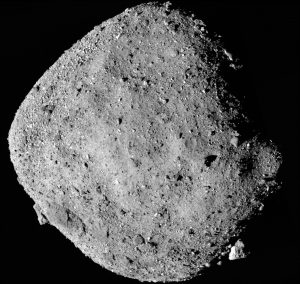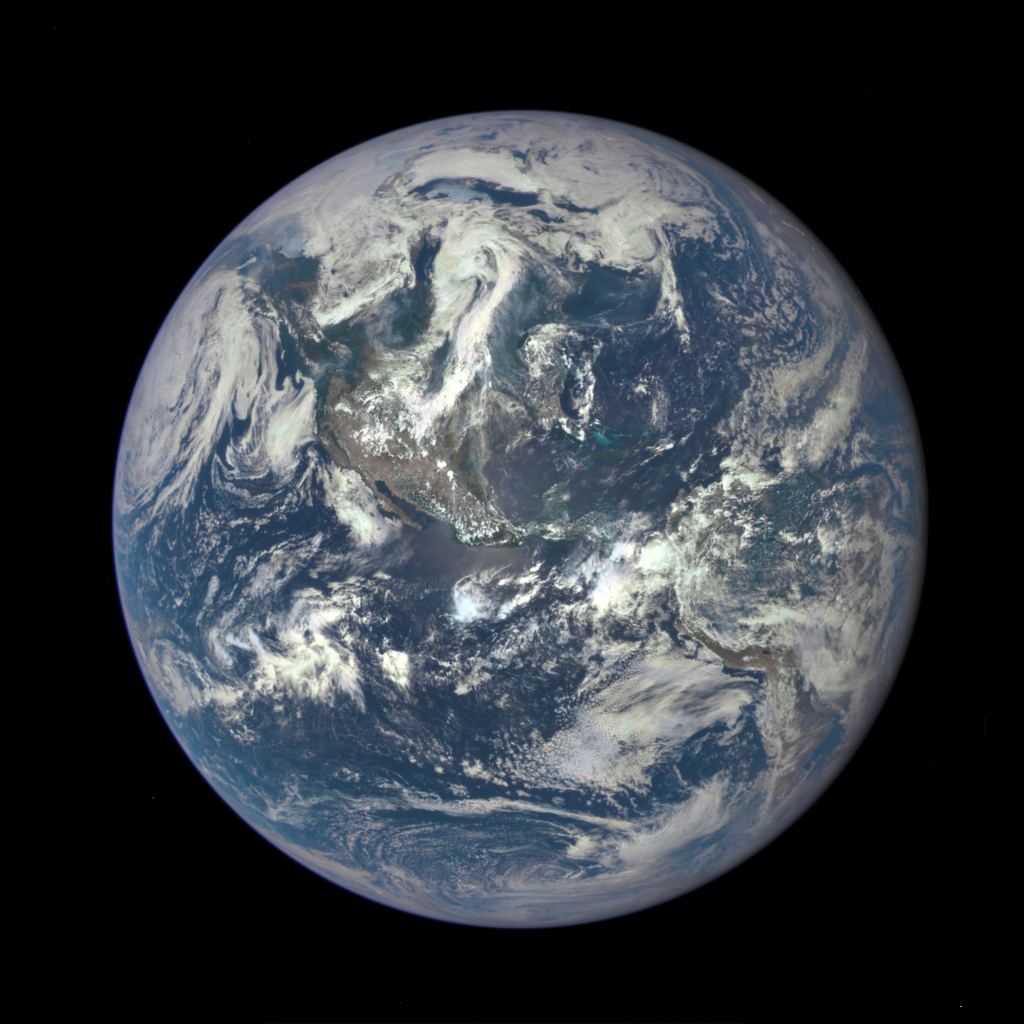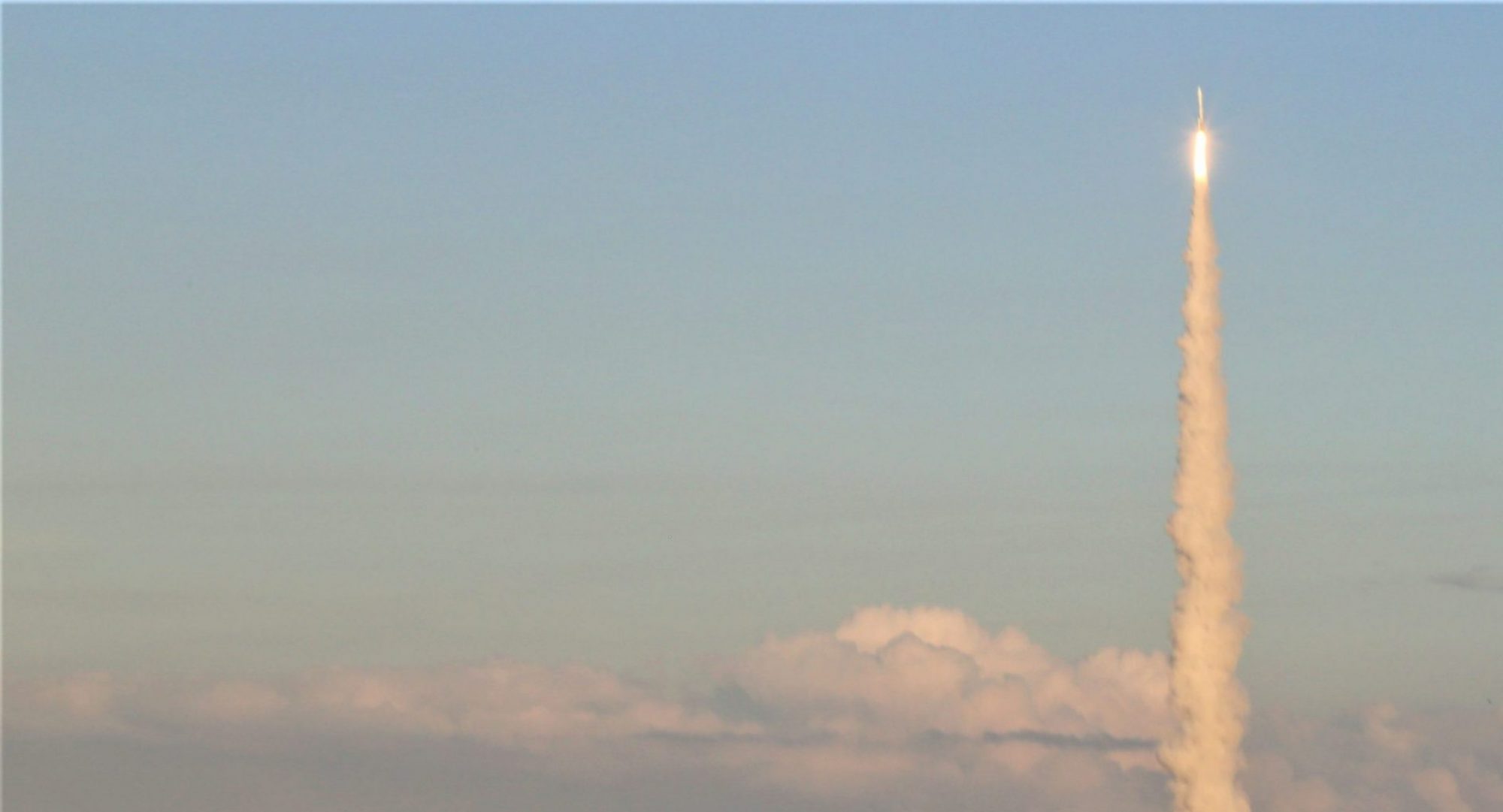
Data are like puzzle pieces: If we collect them, look after them and query them carefully from many view points, we can find and tell the stories of planets and moons.
My research focuses on geophysical investigations of terrestrial planets, moons and small bodies in our solar system including:
- the magnetic fields of Mercury, Mars, Earth and the Moon,
- the lithospheric structure and the tectonic, magmatic and thermal evolution of Venus.
- the seismicity and the interior structure of Mars and the Moon,
- the long-term behavior of Earth’s magnetic field: fieldwork, data analysis, applications of inverse theory.
I use sample, observatory and satellite data to probe the interior structure and history of these bodies, and to understand how internal and external processes interact to shape a planet or moon’s evolution. I have participated as an invited Co-I or a competitively selected Co-I on several NASA planetary missions.
My philosophy is that work done by my students or postdocs should result in publications on which that individual is first author (see the CV page).
Projects and Planetary Mission Involvement

Mars
I am a Co-Investigator on the Mars InSight science team, co-lead (with Steve Joy, UCLA) for the magnetometer and co-lead (with Anna Mittelholz) of the magnetic field working group. NASA’s InSight mission was launched May 5, 2018 and arrived at Mars almost 7 months later.
- Former postdoc and PhD student: Anna Mittelholz.
- Undergraduates: Shea Thorne, Vanessa Yau.

Mercury
I was a Participating Scientist on the MESSENGER mission to Mercury and was the co-lead (with Roger Phillips) of the Geophysics science teams. The main focus of my research was Mercury’s magnetic field and its interaction with the solar wind. MESSENGER was the first spacecraft to orbit Mercury (2011-2015), returning a wealth of data that transformed our understanding in preparation for the joint ESA/JAXA BepiColombo mission, currently en route to Mercury. I am a member of the Mercury Exploration Assessment Group (MExAG) steering committee and participated in a Mercury Lander Mission Concept Study (2020).
- Former students: Reka Winslow (PhD), Hideharu Uno (MSc).
- Former postdocs: Andreas Ritzer, P. Surdas Mohit.

Venus
My ‘first’ (non-Earth) planet! I have been interested in Venus geophysics since my PhD at Scripps Institution of Oceanography and postdoc at the Carnegie Institution. In recent work with former student Megan Russell we have been using high resolution stereo topography to look at volcanic features and heat flow. Very excited for the recent NASA selections of the VERITAS and DAVINCI+ Discovery missions and the ESA EnVision mission!
- PhD. Thesis Advisor: Prof. David Sandwell (Scripps Institution of Oceanography, San Diego).
- Postdoc Advisor: Dr. Sean Solomon (then Director of the Department of Terrestrial Magnetism, Carnegie Institution, Washington DC; now at Lamont Doherty Earth Observatory / Columbia University).
- Former MSc. student: Megan Russell.

Asteroid Bennu
I am a Co-Investigator on NASA’s OSIRIS-REx mission to asteroid (101955) Bennu, and former Deputy Instrument Scientist for the OSIRIS-REx Laser Altimeter. This is the first NASA mission that will return an asteroid sample to Earth.
- Former Research Associates: Manar Al Asad, Lydia Philpott.
- Former Postdoc: Hannah Susorney.

Moon
Lunar Geophysics
I have worked extensively with data sets from the Apollo missions including lunar samples, seismic and magnetic data, as well as with modern satellite data from the Lunar Reconnaissance Orbiter and other missions to understand the crustal structure, seismicity and magnetic evolution of the Moon. I recently participated in a Planetary Mission Concept Study for a Lunar Geophysical Network.
- Former PhD. students Jean-Francois Blanchette Guertin, Renee Weber, Kristin Lawrence.
- Former undergraduate: Jessica Kalynn.

Earth
Long-term Geomagnetic Field Behavior
A long-standing question in geomagnetism has been whether paleomagnetic data show evidence for the influence of lower most mantle properties on the geodynamo. My research in this area started during my PhD and has included field work, laboratory measurements, and the development and application inversion techniques and statistical approaches to model the time-averaged field and its temporal variations.
- Former PhD students: Kristin Lawrence, Leah Ziegler.
- Thesis Advisor: Prof. Cathy Constable (Scripps Institution of Oceanography, San Diego)
